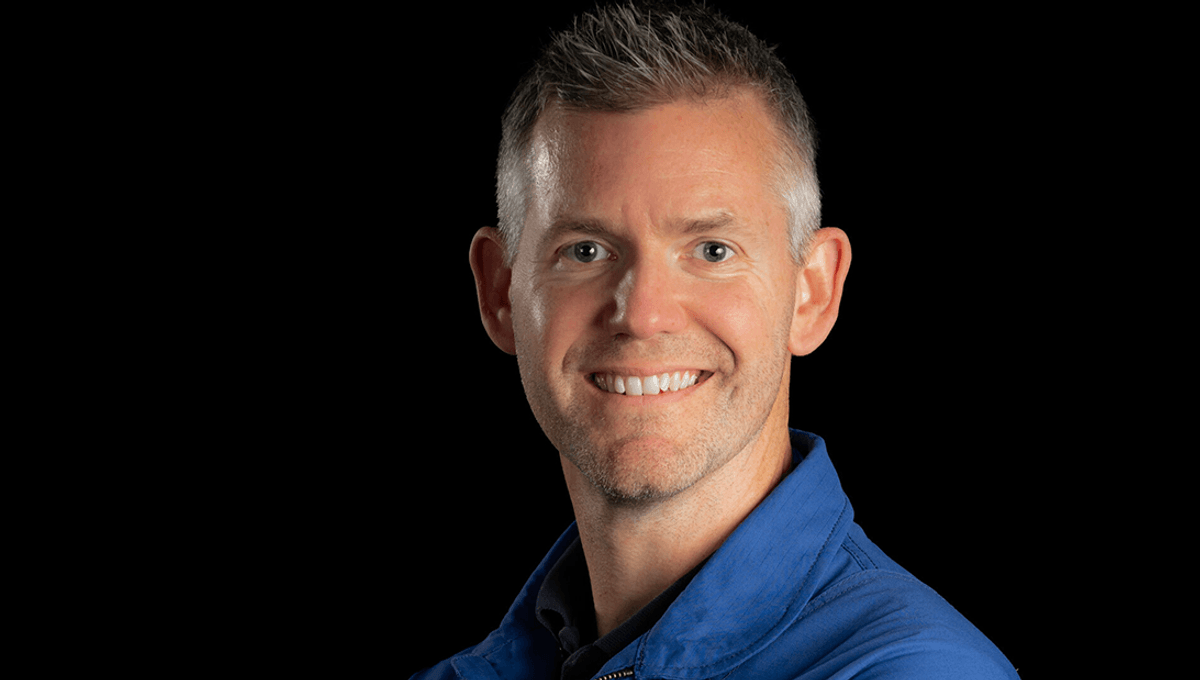
Former Paralympian and current surgeon John McFall has become the first disabled astronaut to be cleared for a mission to the International Space Station (ISS) by feasibility studies.
ADVERTISEMENT GO AD FREE
In 2000, aged 19, McFall’s right leg was amputated after he was involved in a serious motorcycle accident. After being fitted with a prosthesis, he took up running and went on to represent the UK as a Paralympic sprinter, earning himself a shiny array of medals in the process. As well as this, he has earned a number of medical awards as a trauma and orthopedic surgeon.
In 2022, McFall joined the European Space Agency’s (ESA’s) “Fly!” program, which aims to make human spaceflight accessible for all.
“For the first time, ESA is exploring whether an astronaut with a physical disability could embark on a long duration mission to the International Space Station,” ESA explains. “John’s expertise helps develop innovative solutions for people with physical disabilities facing space-related challenges, such as microgravity adaptation, fitness and technology integration.”
In a series of feasibility studies, ESA have tested whether it is possible for people with disabilities to join astronauts aboard the space station as a fully integrated crew member. This has included flights on the notorious vomit comet, as well as tilt-table testing to simulate the effects of microgravity.
“In microgravity, body fluids shift headward, causing astronauts to experience a 5-10 percent reduction in lower leg volume within the first few hours in space – a change that persists throughout the mission,” ESA explains. “The study investigated similar volume shifts in an amputated limb and their potential impact on prosthesis fit and comfort during spaceflight.”
ADVERTISEMENT GO AD FREE
Now, following the conclusion of those studies, McFall has been cleared for a six-month-long mission aboard the ISS. Now that such a mission has been deemed feasible, ESA is moving on to the next phase, named “Fly! Mission Ready”.
“It’s great that we can say after a huge amount of work in the last 18 months that we have demonstrated that it’s technically possible for someone with a disability like mine to fly on a long duration mission. And now we’re progressing to the next phase and what we want to do is realise that opportunity to fly, so moving forward, we’re moving into the Mission Ready phase,” McFall said in a statement.
“The Mission Ready phase is an important step in moving forward to realise a potential flight opportunity. This phase will include looking at hardware certification and moving further down that process. We’re going to be looking at what potential science could be conducted on the International Space Station should I get the opportunity to fly and importantly we’re looking towards medical certification for me to fly on a long duration mission.”
The second phase of the program will involve certifying his prosthetic for use in microgravity. ESA, having concluded that it is safe for people with McFall’s disability to stay on the ISS for long missions, will now look at what work he can conduct while he is up there, and ensure that he receives medical certification to fly.
ADVERTISEMENT GO AD FREE
“One of the roles of an astronaut is to do important science in microgravity whilst working in space and it’s really my hope that if I get the chance to fly we realise what we do in space, the things we learn, the problems we solve, the technology that we develop has a trickle-down effect and benefits people here on earth in wider society,” McFall added.
“This progression to the Mission Ready phase is a really important milestone in the history of human spaceflight.”
For now, McFall is participating in ESA’s Astronaut Reserve training at the European Astronaut Centre in Germany, hopefully ahead of a mission to the space station itself.
Source Link: Former Paralympian Becomes First Astronaut With Disability To Be Cleared For ISS Mission